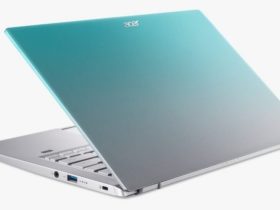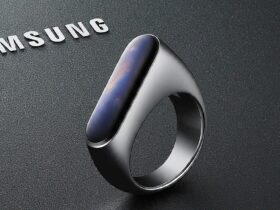When Google introduce Night Sight on the Pixel 3, it felt like magic. Photos in dark conditions became brighter and more detailed, without a tripod or blinding flash.
However, for video, it was a different story. Night Sight on photos works by taking multiple frames to create a brighter image, which couldn’t be directly applied to video. The solution? AI.
Video Boost uses AI to process videos, enhancing details and colors, especially for low-light clips. However, this processing is done in the Google cloud, not on your phone.
Wait Longer for Better Video?
Video Boost is only available on the Pixel 8 Pro, not the regular Pixel 8. You need to enable it in the camera settings before recording.
Once you’re done, you need to upload the video to Google Photos, either automatically or manually. Then, you have to wait. Video Boost can take up to 10 minutes to process a video, and even a few minutes clip can take hours.
Depends on Lighting Conditions
Google’s documentation says they design Video Boost to “make videos on your Pixel phone look higher quality, with better lighting, colors, and details” in all lighting conditions.
However, the main focus of Video Boost is low-light video. In good lighting, the difference is not very significant. Some colors are more vibrant, but not enough to use it regularly.
In very low light conditions, Video Boost can bring back colors and details that are lost in the standard video clip. But the improvement is not as dramatic as the difference between a regular photo and Night Sight.
However, there is a gray area where Video Boost becomes useful. For example, recording a path leading to a dark pergola at dusk. There is a noticeable improvement in shadow detail and stabilization after Video Boost processing.
The more you use Video Boost in medium to low light, the more you see its benefits. Standard video looks more washed out in these conditions, like a video of kids playing in a dining room. Video Boost brings back some of the lost vibrancy.
Limitations on Pixel and How it Works
The Pixel 8 Pro’s main rear camera limits Video Boost to recording at 4K (default) or 1080p 30fps. Video Boost creates two clips: an initial “preview” that is unprocessed and available for immediate sharing, and a “boosted” version after the processing is complete.
Reynolds reveals that Video Boost employs a distinct processing pipeline. This pipeline prioritizes saving more image data that typically gets discarded during standard video recording. The device temporarily stores this data before sending it to the cloud for processing, and then deletes it.
The temporary files can be very large, several gigabytes for long clips. But the final boosted video is a more reasonable size – 513MB for a 3-minute clip compared to 6GB for the temporary file.
The Future: Phone and Cloud Working Together
At first, Video Boost seems like a temporary solution, a demo feature that currently needs the cloud to function, but will eventually move to the device in the future. Qualcomm recently showed off a similar version on-device, so maybe that’s the end goal, right?
Reynolds disagrees. “What can be done in the cloud will always be more impressive than what can be done on the phone.”
The line between the capabilities of a phone and a cloud server will blur. For example, Pixel phones currently run smaller, optimized versions of Google’s various HDR Plus models.
But the “parent” HDR Plus model that Google has been developing for the past decade is too large to run on any phone. And on-device AI capabilities will improve over time, so some things that can only be done in the cloud will eventually move to our devices.
But what’s possible in the cloud will also change. Reynolds argues that the cloud is just “another component” of the Tensor’s capabilities.
Video Boost: A Window into the Future
Video Boost is a window into the future – a future where AI on your phone works hand-in-hand with AI in the cloud. More functions will be handled by a combination of on-device and off-device AI, and the distinction between the capabilities of a phone and a cloud server will fade.
Video Boost may not be an “aha” moment like Night Sight, but it will be a significant change in how we think about our phones’ capabilities.
See Also: Android 15: Focus on Performance, Privacy, and Samsung Collaboration





